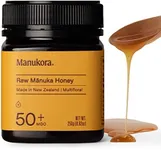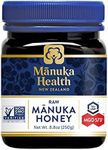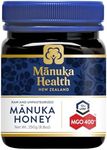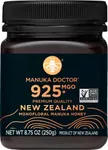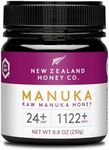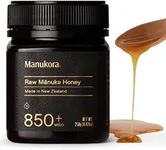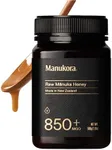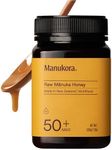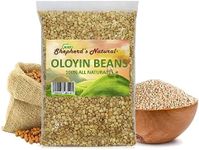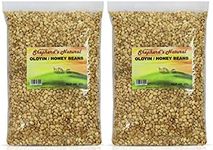Buying Guide for the Best Raw Honeys
Choosing the right raw honey can be a delightful yet overwhelming experience due to the variety of options available. Raw honey is unprocessed and unpasteurized, retaining all its natural enzymes, vitamins, and minerals. When selecting raw honey, it's important to consider several key factors to ensure you get the best product that suits your needs and preferences.Source of HoneyThe source of honey refers to the type of flowers from which the bees collect nectar. This is important because it affects the flavor, color, and nutritional profile of the honey. Common sources include clover, wildflower, manuka, and acacia. Clover honey is mild and versatile, wildflower honey has a more complex flavor, manuka honey is known for its medicinal properties, and acacia honey is light and sweet. Choose a source based on your taste preference and intended use.
TextureRaw honey can vary in texture from liquid to creamy to crystallized. This is important because it affects how you can use the honey. Liquid honey is easy to drizzle and mix, creamy honey spreads well on bread, and crystallized honey has a grainy texture that can add a unique mouthfeel. If you prefer a smooth texture, go for liquid or creamy honey. If you like a bit of crunch, crystallized honey might be your choice.
ColorThe color of raw honey ranges from nearly colorless to dark brown. This is important because it often indicates the flavor intensity and antioxidant content. Lighter honeys, like acacia, tend to have a milder flavor, while darker honeys, like buckwheat, have a stronger, more robust taste and higher antioxidant levels. Choose a color based on your flavor preference and whether you are looking for additional health benefits.
Flavor ProfileThe flavor profile of raw honey can vary widely depending on the floral source and region. This is important because it determines how the honey will taste in your recipes or on its own. Some honeys are floral and sweet, while others can be earthy, spicy, or even slightly bitter. Consider what flavors you enjoy and how you plan to use the honey. For example, a mild honey might be best for tea, while a stronger honey could enhance the flavor of baked goods.
Purity and AuthenticityPurity and authenticity refer to whether the honey is truly raw and free from additives. This is important because only pure raw honey retains all its natural health benefits. Look for labels that state '100% raw' and check for certifications from reputable organizations. Be cautious of overly processed or blended honeys, as they may not offer the same nutritional value. Choose a trusted brand or source to ensure you are getting genuine raw honey.
PackagingThe packaging of raw honey can affect its shelf life and ease of use. This is important because proper packaging helps preserve the honey's quality. Glass jars are ideal for long-term storage as they are non-reactive and airtight, while plastic containers are more convenient for everyday use but may not be as durable. Consider how you plan to store and use the honey when choosing the packaging. If you use honey frequently, a squeezable plastic bottle might be more practical, whereas a glass jar is better for long-term storage.
